You’ve probably seen SEN or SEND recently mentioned in the news, followed by buzz words like ‘crisis’, ‘broken’, or ‘emergency’…but what does it actually mean?🤔
🧩SEN/SEND = Special Educational Needs/and Disabilities.
SEN/SEND is a broad term used to describe children and young people (from birth up to age 25) who may experience differences, difficulties, or disabilities that make it harder for them to learn, develop, or access education in the same way as most of their peers.
These needs can show up in one or more of the following areas:
🧠Cognition and Learning (e.g., literacy difficulties or learning delays)
🗣️Speech, Language and Communication
🧘Social, Emotional and Mental Health (SEMH)
👂Physical and Sensory (e.g., visual/hearing impairments or physical disabilities)
🧺Self-Help and Independence (sometimes included in Phsycial and Sensory)
SEN/SEND is not a one-size-fits-all category. Children and young people may experience mild, moderate, or complex needs. Every child is unique, and so are their needs – meaning they may need extra support in one area, or in several.
📘 What Is the SEND Code of Practice?
The SEND Code of Practice (2015) is the UK’s official guidance on how children and young people with SEND should be identified, supported and included by:
🏫 Eartly years settings, schools, and colleges
🏥 Health services & Social care
🏛️ Local Authorities
It’s built on the foundation of two key legal frameworks:
- The Children and Families Act (2014)
- The SEND Regulations (2014)
Importantly, the Code of Practice was written for children and young people with SEN/SEND, and for their families. It also gives clear guidance to professionals who work with and support them.
💛 The Core Principles of the SEND Code of Practice
- Person-centred support
Children, young people, and their families should be at the heart of all planning and decision-making. - Early identification
Recognising needs early helps to provide the right support, at the right time to avoid escalation later on. - High-quality provision
Educational settings must do everything they can to provide inclusive, effective support using evidence-based approaches. - Joined-up working
Education, health and social care should collaborate to meet needs holistically not in isolation.
At ELLES Psychology, we take the SEN/SEND Code of Practice seriously and warmly, as we know that navigating the system can be confusing and emotional. We believe in listening carefully, acting early, and working together to co-create support that is meaningful, realistic, and sustainable – whether you’re a parent, carer, or professional, we’re here to guide you with empathy, clarity, and experience.
That’s why we help families, schools, and professionals understand what the Code means in real life and how to make it work for you. So let us know your stories and experiences of the SEN/SEND system.

